(All Images by Phil Copp Photos)
The Australian Outback is vast and expansive. A landscape that exudes a stunning and singularly unique beauty. For photography enthusiasts, capturing the essence of this rugged landscape and mesmerising night sky is a rewarding challenge. So, if you’re planning to embark on an adventure to the Outback and whether you’re a seasoned photographer or just committed to capturing some holiday ‘snaps’, we’ve got you covered with some expert tips from renowned photographer, Phil Copp.
Phil Copp is an accredited professional photographer with a diverse portfolio spanning the realms of commercial, real estate, and landscape genres. Hailing from Townsville, Queensland, he not only captures the essence of these picturesque landscapes but also embarks on regular journeys for commercial assignments and photography workshops.
If you are interested in expanding your knowledge and learning to capture that ‘perfect’ landscape shot, Phil has an upcoming workshop in September at Hughenden focusing on landscape photography in the Outback.
Spots are limited so we encourage you to book in advance.
So, without further ado: Here are 10 tips from Phil that will ensure your journey into the Outback is stunningly documented for all time.
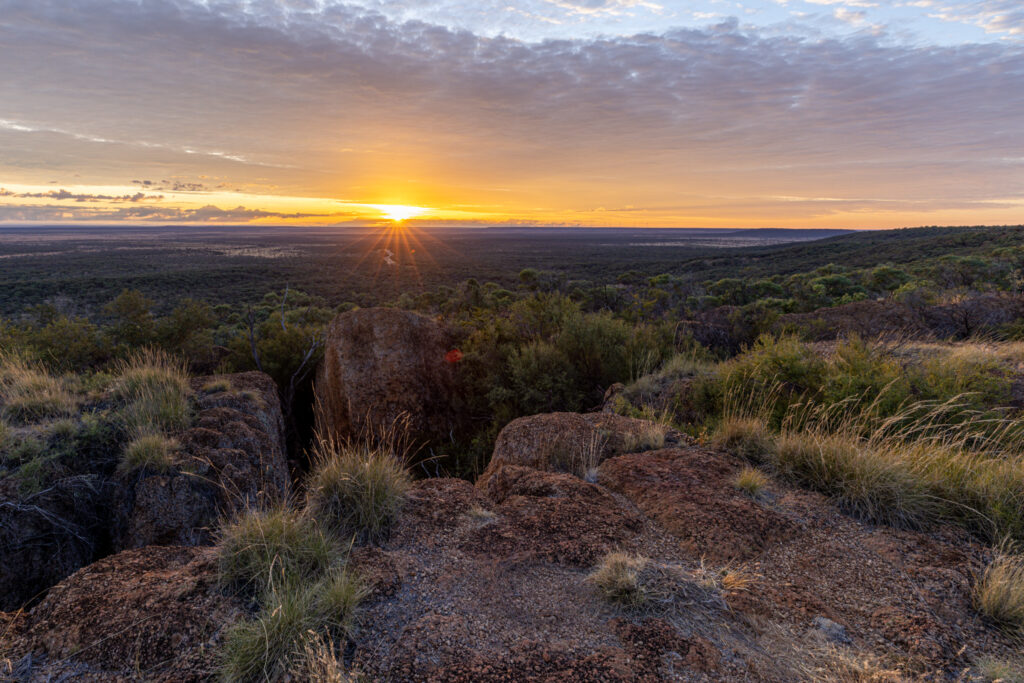
1. Embrace the Golden Hour
When photographing the Outback, lighting is everything. To achieve the most breathtaking shots, make sure to shoot during the “golden hour,” which occurs around sunrise and sunset. The warm, soft glow of the sun during these times adds a magical touch to your images. Watch for cool cloud formations to add drama and depth to your photos.
2. Discover Striking Subjects
A great photo starts with a captivating subject that draws the viewer’s eye into the frame. In the Outback, you’ll find plenty of excellent subjects like ancient dead trees, rock formations, and iconic windmills. Use these elements to create visually stunning compositions that tell a story about the rugged beauty of the land.
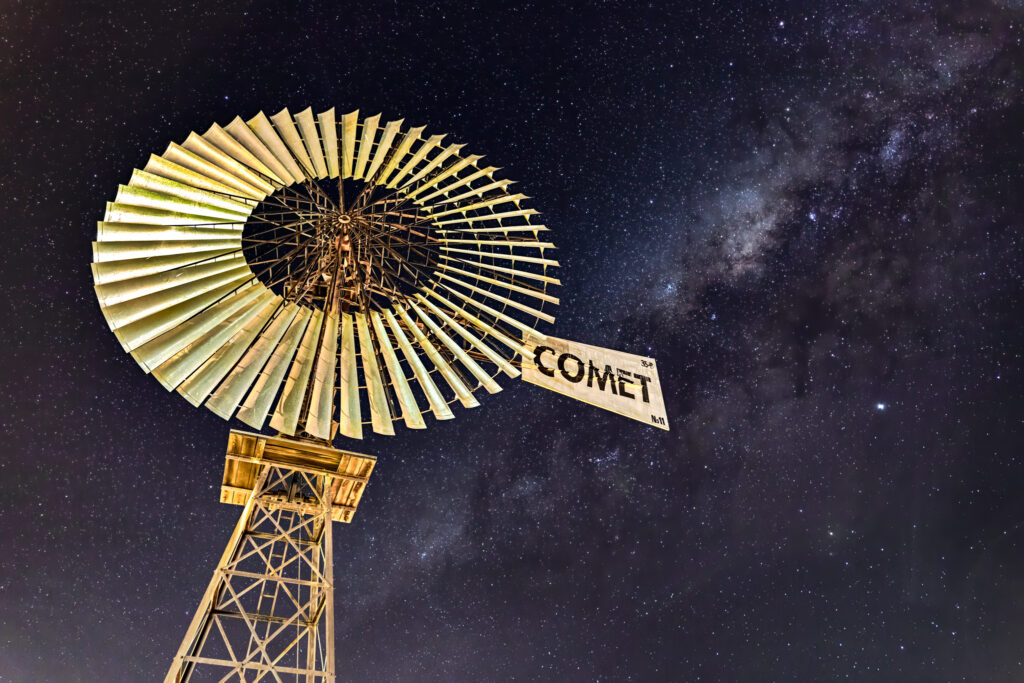
3. Master the Rule of Thirds
The “rule of thirds” is a tried-and-true principle in photography composition. Divide your frame into thirds both horizontally and vertically, and place key elements like your subject and the horizon line along these lines. This technique adds balance and harmony to your photos, making them more visually appealing.
4. Embrace Simplicity
In the vastness of the Outback, simplicity is key. Avoid cluttered or busy compositions, as they can distract the viewer from the main subject. Instead, focus on creating clean, uncluttered shots that allow the viewer’s eye to rest on the essential elements of the scene.
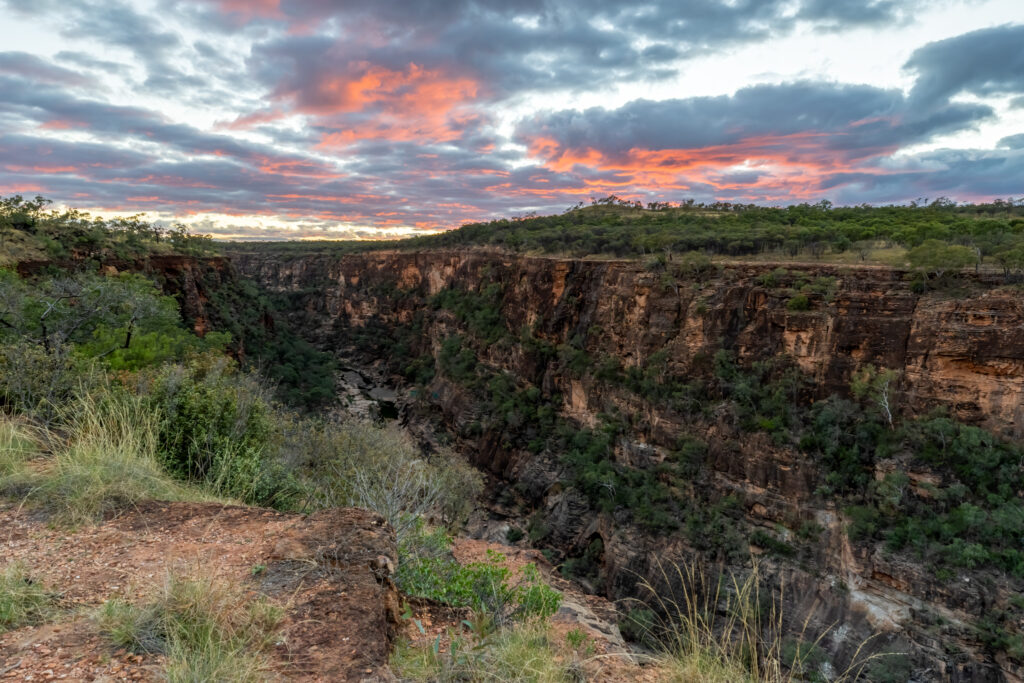
5. Remove Distractions
While shooting, keep an eye out for any distractions that may draw the viewer’s attention away from the main subject. Adjust your composition or change your perspective to eliminate any bright or dark spots, as well as colors that might divert attention from your focal point.
6. Follow the Leading Lines
Leading lines are powerful tools that guide the viewer’s gaze through your photograph. In the Outback, natural leading lines such as fence lines, roads, or even the contours of the land can be used to create a sense of depth and draw the eye deeper into the image.
7. Focus Along the Bottom Third
For optimal results, focus along the bottom third line of your image. This ensures that your main subject remains sharp and well-defined, capturing every detail of the captivating scenery.
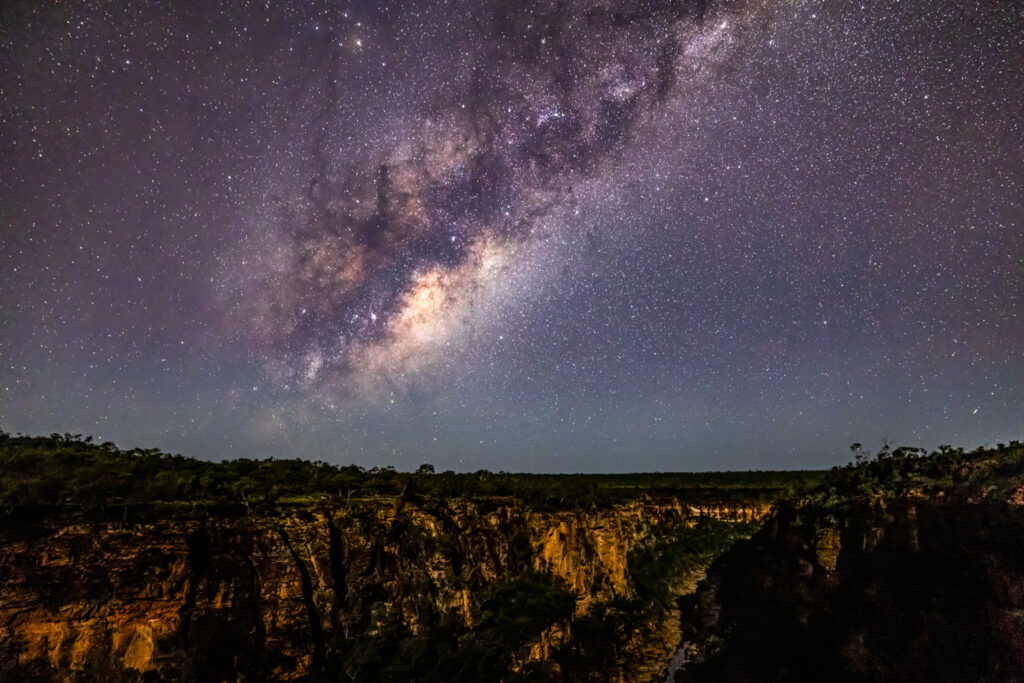
8. Stability Matters
To achieve sharp and crisp images, keep your camera steady during the shot. Consider using a tripod, especially in low-light situations or when taking long-exposure shots of the stunning night sky. After capturing your image, zoom in to check for sharpness and fine-tune if needed.
9. Remember the Essentials
Color, simplicity, a compelling subject, and a well-balanced composition are the keys to creating extraordinary photographs. Apply these principles to bring out the true essence of the Outback in your images.
10. Leave Nothing but Footprints…
It’s an old adage now “Leave nothing but footprints, take nothing but pictures.” As you embark on your journey with camera in hand, remember to respect and preserve the environment. Enjoy the natural wonders around you, but ensure you leave no trace behind, preserving this unique landscape for future generations to appreciate.
As you venture into the vast expanse of the Outback and endless horizons it’s essential to try and capture the beauty of the landscape. Once the trip is done and the routine of life takes over again, looking back on photos serves as a beautiful reminder of the world at large the time you spent chasing the horizon, taking in the scenery, and reflecting on your adventures. Chances are that you’ll be sharing your photos with others. We hope these tips from Phil help you to capture your remarkable Outback adventure and add to your portfolio of memories. Happy shooting!
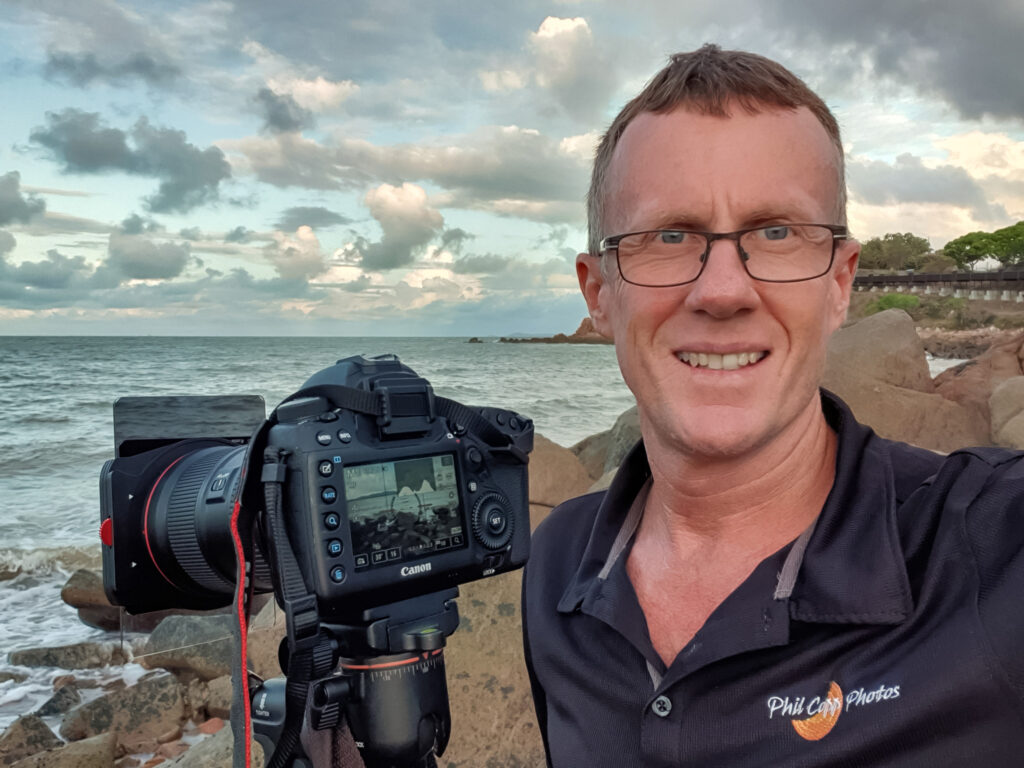
About Phil Copp
Phil is an accredited professional photographer working in the commercial, real estate and landscape genres. He is based in Townsville, Queensland but travels regularly for commercial work and also for his workshops.
His real passion though is landscape photography which has seen him capture beautiful scenes all over Queensland, Australia and New Zealand.
Passing on his knowledge and helping other photographers sees him conducting regular photography workshops in Townsville and around Queensland. They are suited to a range of skills from the complete beginner right through to experienced landscape photographers. He has helped hundreds of photographers with their journey over the last 5 years.
He is also an authorised reseller for many brands of photography accessories to support photographers with their passion and their photographic endeavours.
Learn more about Phil Copp Photos